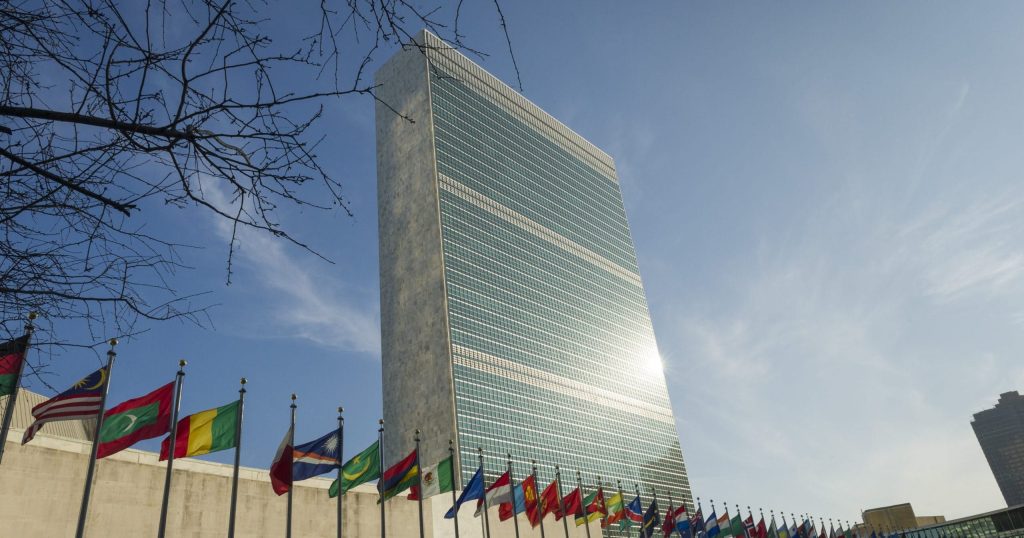Beginning this week, inspectors are in Syria to oversee the destruction of the nation’s deadly chemical weapons stockpiles. Why?
U.S. Secretary of State John Kerry probably put it best last Friday, when the United Nations Security Council authorized the move:
“We say with one voice that atrocities carried out with the world’s most heinous weapons will not be tolerated. And when institutions like the Security Council stand up to defend the principles and values that we all share, when we put violent regimes on notice that the world will unite against them, it will lead not only to a safer Syria, but it will lead to a safer world.”
His remarks underscore that working with international partners and institutions strengthens the United States’ ability to meet international affairs goals. Just two weeks ago, the Syrian regime would not even acknowledge that it held a vast supply of chemical weapons. But since that time, a few critical things happened:
1. The U.S. and Russia – Syria’s most important ally – began working through the UN to put together a resolution that would pave the way to permanently addressing Syria’s chemical weapons.
2. UN weapons inspectors provided the first scientific and politically neutral evidence that chemical weapons were used.
3. With the evidence provided by inspectors, and a framework for an agreement coming out of the U.S.-Russia discussions, the full 15-member UN Security Council passed a resolution ordering Syria to hand over its chemical weapons — or face consequences.
This resolution has two legally binding demands: First, Syria must give unfettered access to international chemical weapons experts. Second, Syria must abandon its weapons stockpile for destruction.
That brings us back to this week, and the process that’s now underway to dismantle an estimated 1,000-ton chemical weapons arsenal by mid-2014 — part of a stockpile that is the source of the horrifying attack on August 21 that killed more than 1,400 Syrian civilians.
What’s next? As Secretary Kerry noted last week, “Provided this resolution is fully implemented, we will have eliminated one of the largest chemical weapons programs on Earth from one of the most volatile places on Earth.” There’s a long way to go between now and then, but by this November we can expect to know if the Syrian government is living up to the terms of this promising effort.
This effort, born through the United Nations, is essential as the world navigates its response to Syria’s appalling and heartbreaking crisis.
Visit the Better World Campaign at betterworldcampaign.org to learn about how you can support UN causes, and follow me on Twitter at: @yoyoyeo2.

